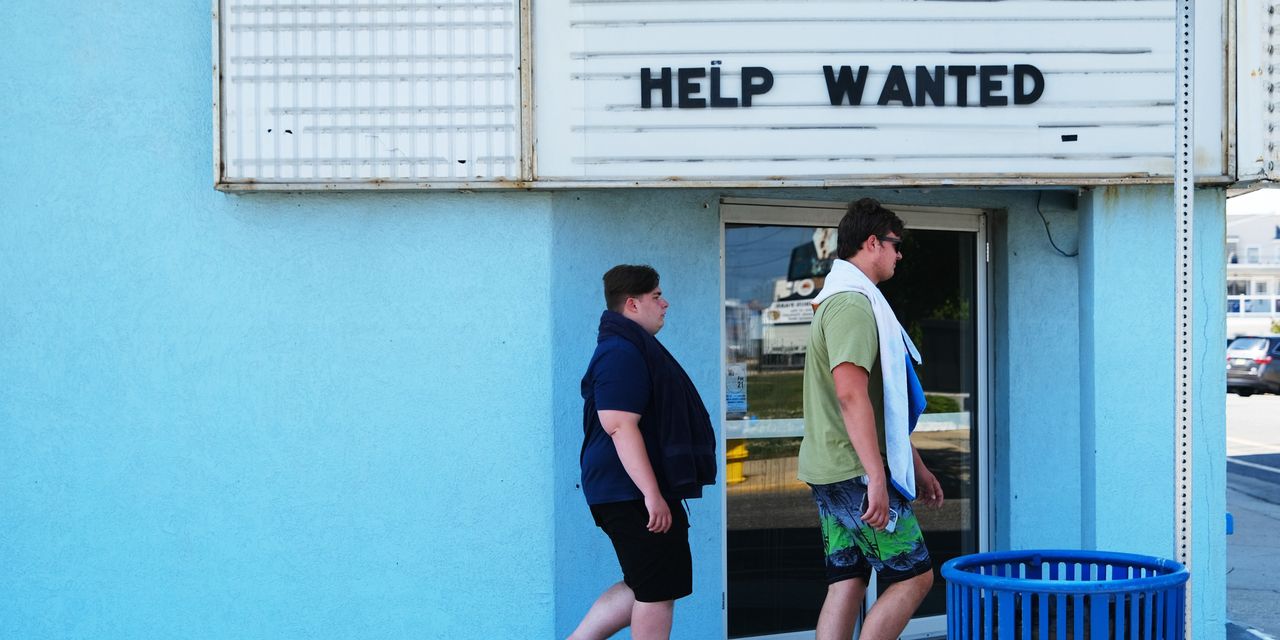
The U.S. created 850,000 new jobs in June. Great. Yet 9 million people who likely would be working right now had there been no pandemic are still sitting at home.
The economy would recover a lot faster if they were back on the job. The problem is not a lack of available work, however.
Job openings soared to a record 9.3 million in April and there’s a good chance they rose again in May. The latest numbers will be available on Wednesday.
So what’s the problem?
“It is the willingness of individuals to make themselves available for a job,” said Stephen Stanley, chief economist at Amherst Pierpont Securities.
Why companies are having so much trouble filling a record number of job openings is a source of great debate.
Many businesses say extra unemployment benefits put in place during the pandemic have given some unemployed workers the incentive to stay home. In some states a jobless worker can earn almost as much or even more in benefits than what their old job paid.
The Biden administration and other skeptics of that argument say the solution is simple.
“Pay them more,” the president said last week.
Many companies have done just that, but even then it’s not enough. The number of workers quitting their jobs has climbed to a record high. Most of them did so because they found another company desperate enough to hire workers that it paid more.
Yet companies are only going to go so far. While it’s easy for businesses to raise or lower prices for customers based on the costs of their own supplies, they are loath to cut wages because of the damage it causes to employee morale.
“You can’t take labor wages away,” said Timothy Fiore, chairman of manufacturing survey produced by the Institute for Supply Management.
That’s why companies don’t want to throw their costs out of whack during what they consider to be a temporary shortage of labor. Many are in very competitive industries and they can’t easily pass higher labor costs onto customers.
In any case higher pay or the end of extra unemployment benefits are unlikely to solve the labor-market riddle by themselves.
A survey of 5,000 adults shows that a lingering fear of the coronavirus might be the biggest roadblock to people reentering the labor force.
Read: This is the No. 1 reason unemployed Americans aren’t looking for work
Another large chunk of the unemployed, meanwhile, say they are still caring for children or older relatives because they have few other options.
Still others say they have enough of a financial cushion to hold out for a better job or go back to work at a later date. Massive government financial stimulus for the economy has helped give them more leeway.
Most economists predict the labor market will start to return to normal in the fall once schools, day-care centers and nursing homes are fully reopen.
People will also feel more comfortable returning to work as more Americans get vaccinated and Covid cases decline further.
“There are still many unanswered questions on the jobs market, particularly around the outlook for labor supply,” said Neil Dutta, head of economics at Renaissance Macro Research. “We are going to have to wait until the fall to get a better
sense for it.”





